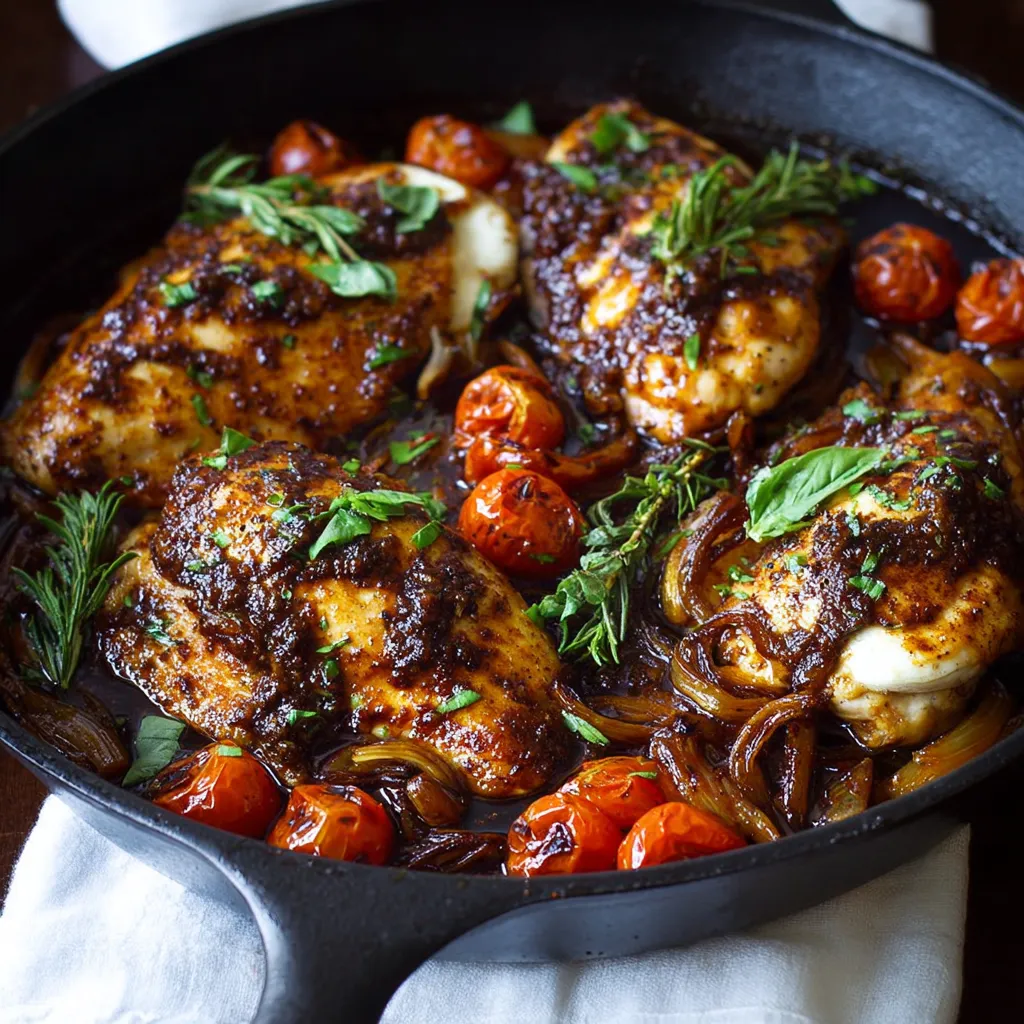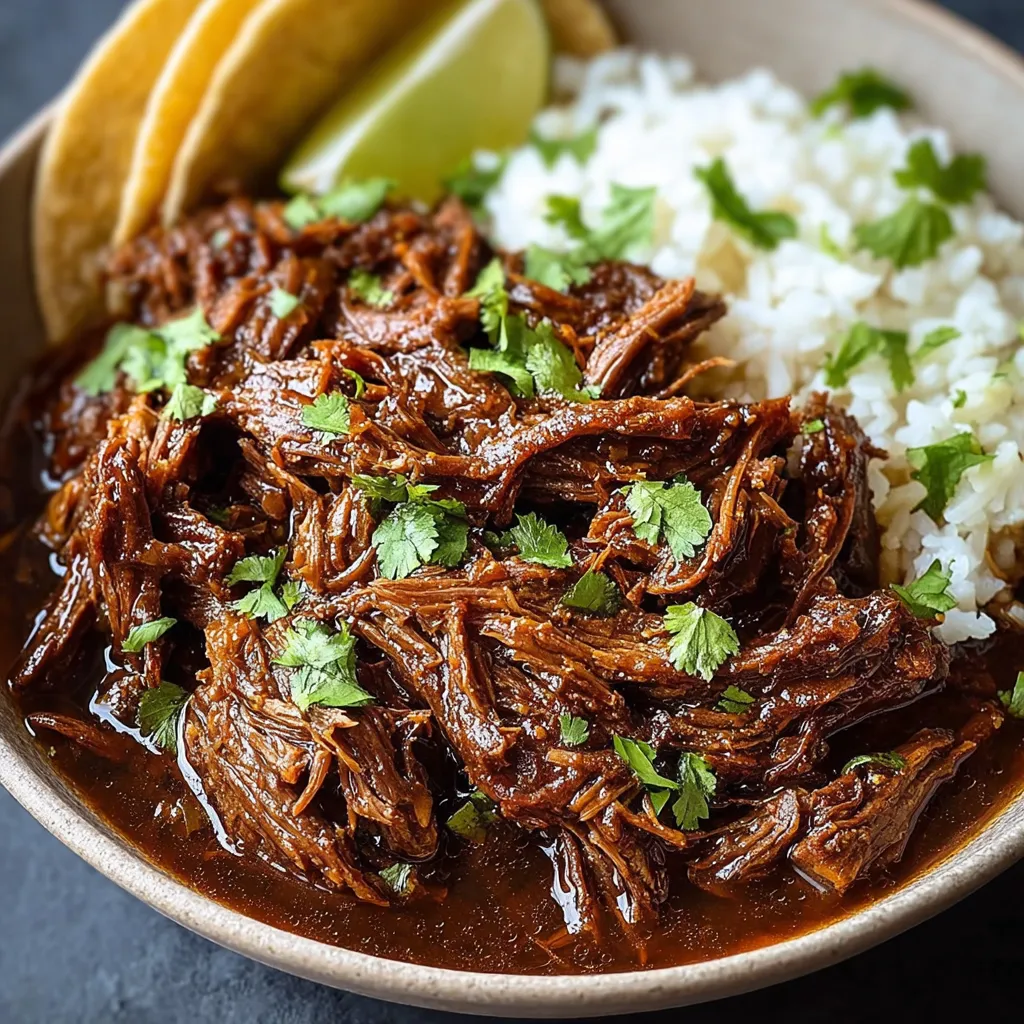The Alchemist’s Code: Unlocking Balsamic Brilliance
The magic of balsamic chicken lies in the interplay of acid, sweetness, and umami. Balsamic vinegar, a reduction of white Trebbiano grape juice, offers a complex flavor profile that evolves during cooking. Acetic acid provides the tang, natural sugars caramelize for sweetness, and the aging process contributes depth and umami notes. This trifecta needs to be balanced against the richness of the chicken and any additional ingredients. But that’s not all. The Maillard reaction, that beautiful browning process, is crucial. This reaction between amino acids and reducing sugars creates hundreds of flavor compounds. High heat is essential to trigger it, but too much heat can burn the sugars in the balsamic vinegar before the chicken is cooked through. Finally, consider moisture. Chicken, especially boneless, skinless breasts, is prone to drying out. The balsamic reduction acts as both a flavor enhancer and a partial barrier against moisture loss, but it’s not a complete solution. We need techniques to keep the chicken juicy while still achieving that gorgeous, sticky glaze. Thinking about how to pair this with Garlic Butter Chicken And Veggies is a great way to turn a meal into a feast.The Elixir: Balsamic Chicken Recipe

Ingredients:
- 4 boneless, skinless chicken breasts (about 6 ounces each)
- 1/4 cup olive oil
- 1/4 cup balsamic vinegar (high-quality recommended)
- 2 tablespoons soy sauce (low sodium)
- 2 tablespoons honey (or maple syrup)
- 2 cloves garlic, minced
- 1 teaspoon dried Italian herbs
- 1/2 teaspoon salt
- 1/4 teaspoon black pepper
- Optional: 1 tablespoon Dijon mustard, 1/4 cup chopped fresh basil, cherry tomatoes
Instructions:
- Prepare the Marinade: In a medium bowl, whisk together olive oil, balsamic vinegar, soy sauce, honey, minced garlic, Italian herbs, salt, and pepper. If using, whisk in Dijon mustard.
- Marinate the Chicken: Place chicken breasts in a resealable plastic bag or a shallow dish. Pour the marinade over the chicken, ensuring each piece is coated. Marinate in the refrigerator for at least 30 minutes, or up to 4 hours.
- Preheat Oven: Preheat oven to 400°F (200°C).
- Sear the Chicken (Optional, but Recommended): Heat a tablespoon of olive oil in a large oven-safe skillet over medium-high heat. Remove chicken from marinade (reserve marinade). Sear chicken for 2-3 minutes per side, until lightly browned. This step adds significant flavor and texture.
- Bake the Chicken: Pour the reserved marinade over the chicken in the skillet. If adding cherry tomatoes, arrange them around the chicken. Transfer the skillet to the preheated oven and bake for 20-25 minutes, or until the chicken is cooked through and the internal temperature reaches 165°F (74°C).
- Rest and Garnish: Remove the skillet from the oven and let the chicken rest for 5 minutes before slicing. Garnish with fresh basil, if desired. Consider serving with a side of roasted vegetables or rice. It’s a far cry from Hot Honey Feta Chicken, but they share similar qualities.
The Case Files: My Balsamic Chicken Odyssey
The Early Days: A Balsamic Bonfire
My first few attempts were a disaster. I treated balsamic vinegar like any other sauce, throwing it into a hot pan and expecting instant magic. The result? Burnt sugar, acrid fumes, and chicken that tasted vaguely of disappointment. The vinegar reduced too quickly, scorching before the chicken had a chance to cook through. The texture was…rubbery.The “Aha!” Moment: Low and Slow is the Way to Go (Sometimes)
Then, I had an “Aha!” moment. Remembering my culinary school days, I realized the importance of controlling the heat. I experimented with lower oven temperatures and longer cooking times. The chicken was definitely more tender, but the balsamic glaze lacked that signature stickiness and depth of flavor. It was closer, but still not quite there. Maybe it needed a little extra help with something like Balsamic Baked Chicken With Melted MozzarellaThe Revelation: The Sear is the Secret
The breakthrough came when I decided to incorporate a searing step. By quickly browning the chicken in a hot skillet before baking, I could achieve that Maillard reaction and build a foundation of flavor. This also helped to seal in moisture, resulting in juicier chicken. The key was to not overcrowd the pan and to use a high-quality skillet that distributed heat evenly.The Balancing Act: Sweetness and Umami
Like many of you, I initially thought balsamic vinegar was all I needed. But the acidity can be overpowering. Adding a touch of honey (or maple syrup) balanced the tartness and enhanced the caramelization process. The soy sauce introduced a savory umami element, further deepening the flavor profile. It’s a similar principle to what makes Boursin Chicken Pasta so addictive!The Final Touch: The Right Cut and Marinade Timing
The quality of the chicken matters. I found that using slightly thicker chicken breasts (about 6 ounces) helped prevent them from drying out. And while a longer marinade can intensify the flavor, anything beyond 4 hours resulted in a slightly mushy texture. 30 minutes to 4 hours proved to be the sweet spot. Not the same process as Ruth’s Chris Stuffed Chicken, but some of the concepts are shared.The Verdict: The Foolproof Method for Balsamic Chicken Perfection
Here’s the distilled wisdom, the guaranteed path to balsamic chicken nirvana:- Marinade Wisely: Combine high-quality balsamic vinegar with olive oil, soy sauce, honey, garlic, and Italian herbs. Marinate chicken for 30 minutes to 4 hours.
- Sear for Success: Sear the chicken breasts in a hot oven-safe skillet for 2-3 minutes per side to develop flavor and seal in moisture.
- Bake to Perfection: Pour the reserved marinade over the seared chicken. Bake at 400°F (200°C) for 20-25 minutes, or until the internal temperature reaches 165°F (74°C). Remember, Chicken Thighs Dinner use a similar internal temperature.
- Rest and Enjoy: Let the chicken rest for 5 minutes before slicing and serving. Garnish with fresh basil for a pop of freshness.
Why is searing the chicken before baking recommended in the recipe?
Searing the chicken in a hot skillet before baking helps to develop flavor through the Maillard reaction, seal in moisture, and build a foundation of flavor. It also adds a desirable texture to the chicken.
What is the ideal marinating time for the balsamic chicken, and why?
The ideal marinating time is between 30 minutes and 4 hours. Marinating for less than 30 minutes may not fully infuse the chicken with flavor, while marinating for more than 4 hours can result in a slightly mushy texture.
What is the significance of balsamic vinegar in this recipe?
Balsamic vinegar provides a complex flavor profile with acid, sweetness, and umami. It acts as a flavor enhancer and also provides a partial barrier against moisture loss during cooking. High-quality balsamic vinegar is recommended.
What oven temperature and internal chicken temperature should I aim for?
Preheat the oven to 400°F (200°C) and bake the chicken until the internal temperature reaches 165°F (74°C).

Best Balsamic Chicken Dinner Ever
Ingredients
Equipment
Method
- Prepare the Marinade: In a medium bowl, whisk together olive oil, balsamic vinegar, soy sauce, honey, minced garlic, Italian herbs, salt, and pepper. If using, whisk in Dijon mustard.
- Marinate the Chicken: Place chicken breasts in a resealable plastic bag or a shallow dish. Pour the marinade over the chicken, ensuring each piece is coated. Marinate in the refrigerator for at least 30 minutes, or up to 4 hours.
- Preheat Oven: Preheat oven to 400°F (200°C).
- Sear the Chicken (Optional, but Recommended): Heat a tablespoon of olive oil in a large oven-safe skillet over medium-high heat. Remove chicken from marinade (reserve marinade). Sear chicken for 2-3 minutes per side, until lightly browned. This step adds significant flavor and texture.
- Bake the Chicken: Pour the reserved marinade over the chicken in the skillet. If adding cherry tomatoes, arrange them around the chicken. Transfer the skillet to the preheated oven and bake for 20-25 minutes, or until the chicken is cooked through and the internal temperature reaches 165°F (74°C).
- Rest and Garnish: Remove the skillet from the oven and let the chicken rest for 5 minutes before slicing. Garnish with fresh basil, if desired. Consider serving with a side of roasted vegetables or rice.




